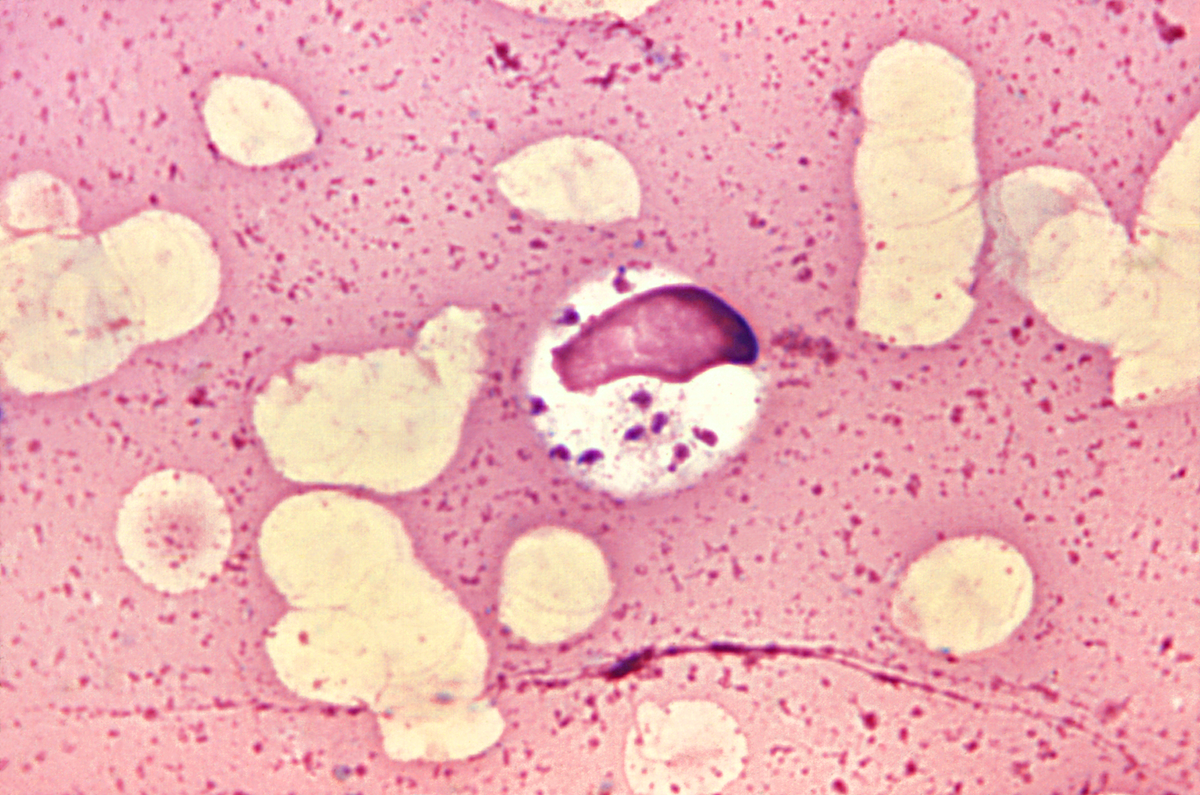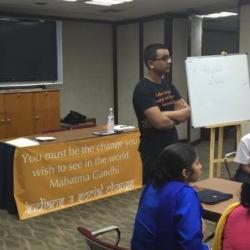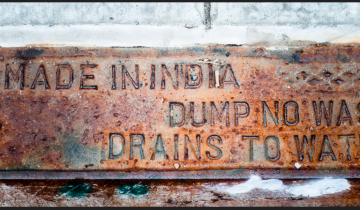River Rapti in Gorakhpur Sees Decrease in Zooplankton Because of Sewage

A study was recently published in the World Journal of Zoology titled, “Effect of Domestic Sewage on Zooplankton Community in River Rapti at Gorakhpur, India.”
The Background
India has a huge clean water and sanitation problem, which only gets worse with an increasing population. One of the major reasons clean water is hard to find is because raw sewage and other human waste (bath water, industrial waste, agricultural run-off, etc) often mix with major water sources. The problem is only made worse when people end up using the water for their drinking or cooking needs, which spreads all types of diseases.
The Study
A 2000 study, “A comparative study of phytoplankton communities of some rivers creeks and borrow pits in the Niger Delta Area” published in the Journal of Applied Science, referenced by the article showed that zooplankton populations are a good indicator of pollution in aquatic environment. Thus, the researchers aimed to study the population of zooplankton at three spots (upstream from mixing point, water and sewage mixing point, and downstream from mixing point) during various seasons. They (not surprisingly) concluded:
The population of zooplankton was low at station R2 where sewage mixed into river.
So What?
Zooplankton are near the bottom of the marine food chain, and if those population decrease, it could affect the global marine ecosystem and food chain. But way before that, the decrease in the population indicates the need for better sewage and water sanitation technology if India is to support the growing population. One of the major factors keeping India behind is access to clean water for the vast majority of the population. Compound this with the growing industrial pollution and the future of clean water is grim without action.
[Image Attribute: Wikimedia/CDC/Dr. L.L. Moore, Jr.]




